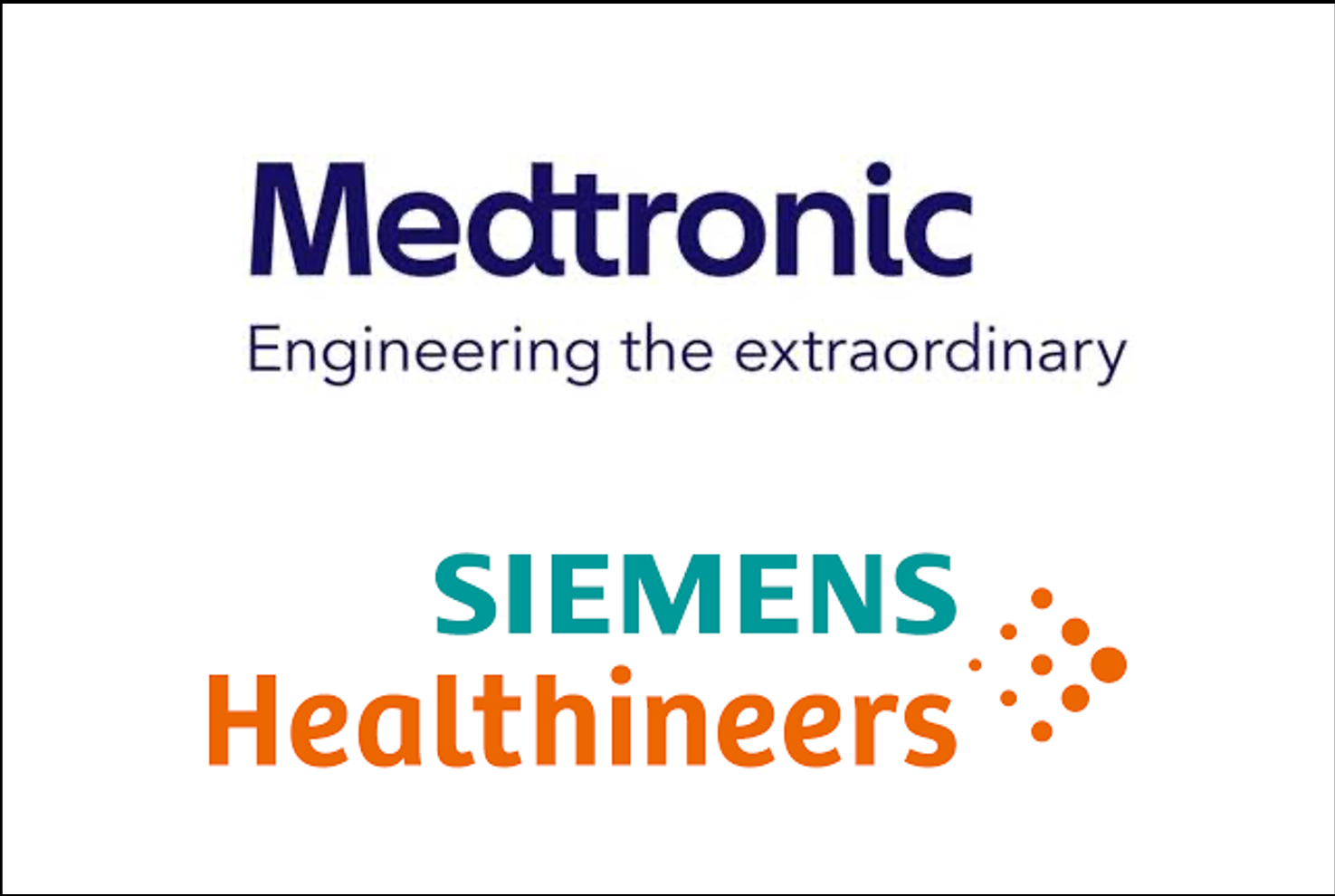



Original from: Medtronic
Medtronic plc (NYSE: MDT), a global leader in healthcare technology, announced today at the North American Spine Society (NASS) 39th Annual Meeting in Chicago the commercial launch of several software, hardware, and imaging innovations.
New advancements in the AiBLE™ ecosystem build upon the company's commitment to procedural innovation and execution, and include the following:
¡¤ O-arm™ 4.3 software, which introduces advanced navigation volumes, dose reduction, and enhanced image confirmation. With this release, Medtronic now offers the industry's longest 3D scan length for cone-beam CT images, which allows surgeons to capture additional spine levels in one scan and streamline their workflow. O-arm™ is the first and only intraoperative imager that uses AI, with 70% less radiation dose compared to the standard protocol, while maintaining image quality1. Medtronic Implant Resolution (MIR) further enhances decision-making by reducing metal artifacts around select screws, enabling confident final screw placement.
¡¤ UNiD™ Adaptive Spine Intelligence (ASI), a Medtronic integrated service and software platform that leverages AI and predictive models to help surgeons deliver patient-specific surgical plans and implants, now includes MRI Vision, which integrates with CoLumbo from Smart Soft Healthcare into the UNiD™ workflow. This new tool employs computer vision technology to automatically analyze lumbar MRIs to segment, label, and measure key aspects related to common pathologies. MRI Vision will allow spine surgeons using UNiD™ ASI to access automated PDF reports and annotated DICOMs (Digital Imaging and Communications in Medicine) in the UNiD™ Hub to identify and quantitatively measure areas of interest such as muscle area with fat infiltration, key spinal alignment angles, key characteristic related to stenosis, and more. UNiD™ is powered by more than 28,000 patient procedures and continues to grow in adoption worldwide.
¡¤ Mazor™ robotic guidance system with 5.1 software is the first and only spinal robotic system that integrates AI, bone cutting, and graft delivery. Mazor enables comprehensive preoperative and intraoperative planning that goes beyond screw placement to include complete construct design with screws, rods, interbodies, and bone removal. The newest version of 5.1 software introduces Maximum Intensity Projection (MIP), which supports improved image quality.
¡¤ New implant innovation with ModuLeX™ Spinal System, which offers increased visualization of the surgical area while allowing the operative flexibility to create an optimized construct for the patient. ModuLeX™ is the next generation of the Medtronic CD Horizon™ product family, a 40-year leader in spinal fixation.
The Multitom Rax™ offers a unique combination of imaging technologies that can be used across musculoskeletal conditions, including spinal patients. With standing, weight-bearing imaging, cone-beam CT, and supine X-ray capabilities, the Multitom Rax™ supports the commitment Medtronic has to advancing the standard of care across the care continuum.
"Partnering with Siemens Healthineers advances our commitment to reduce variability and improve outcomes for spinal patients," said Skip Kiil, president of Medtronic Cranial & Spinal Technologies, which is part of the Medtronic Neuroscience Portfolio. "We are thrilled with the prospect of working with the industry leader in imaging and to leverage the depth of imaging experience and expertise, commercial footprint, and shared commitment to data science to advance our AiBLE strategy and shared pursuit of better patient outcomes."
The envisioned partnership will be an evolution of the AiBLE™ ecosystem which integrates connected care and predictive technology to advance surgery.
"We are excited about the prospect of partnering with Medtronic to bring our solution to spine centers and empower spine surgeons and neurosurgeons to be more precise in the operating room," said Verena Schoen, Executive Vice President X-ray Products at Siemens Healthineers. "Multitom Rax™ delivers geometrically accurate images which allows precise measurements of the patient's vertebrae. Especially optimized for spine imaging, it not only contributes to faster diagnosis and treatment planning, but also to surgical execution and post-surgical control."